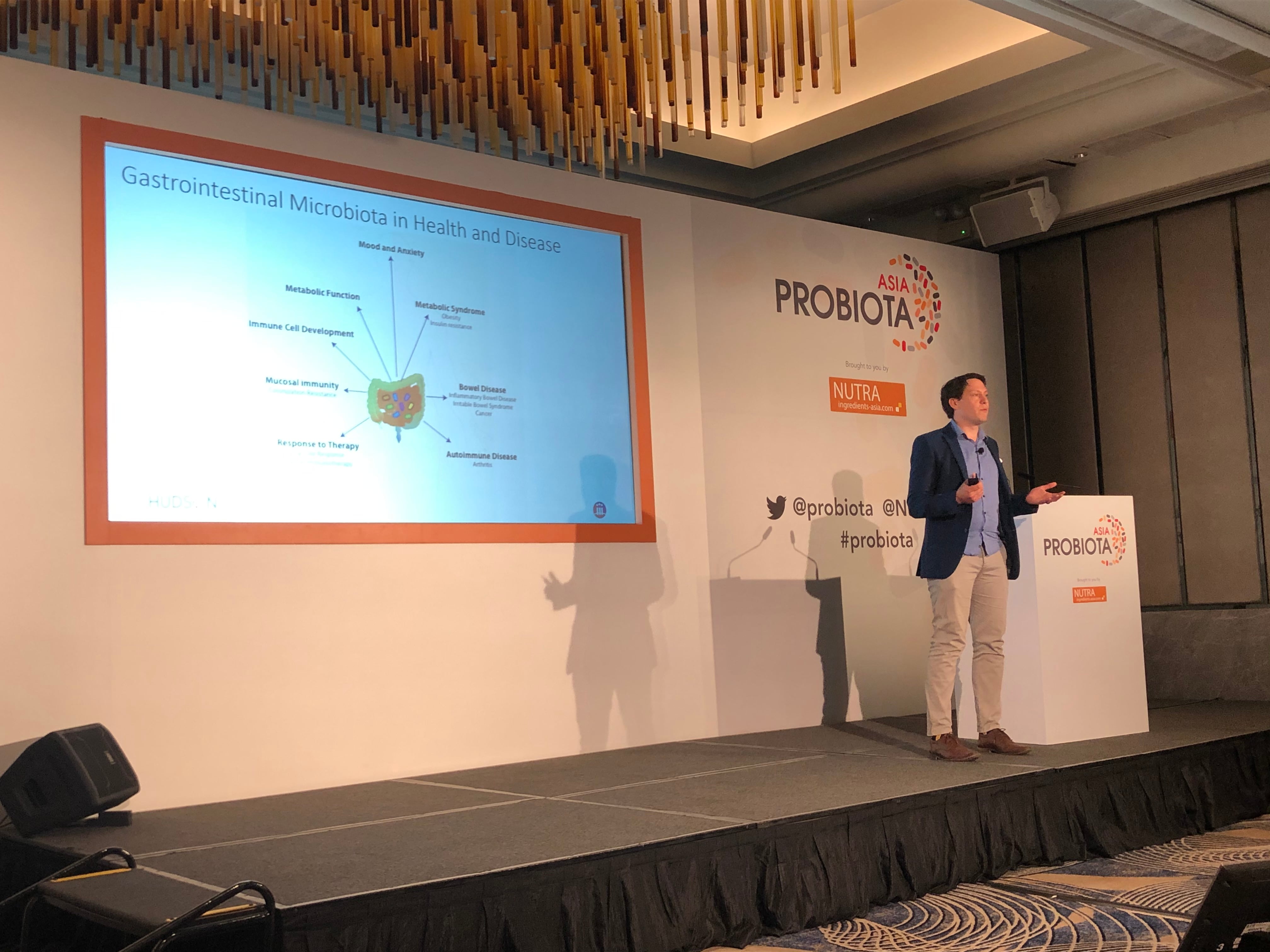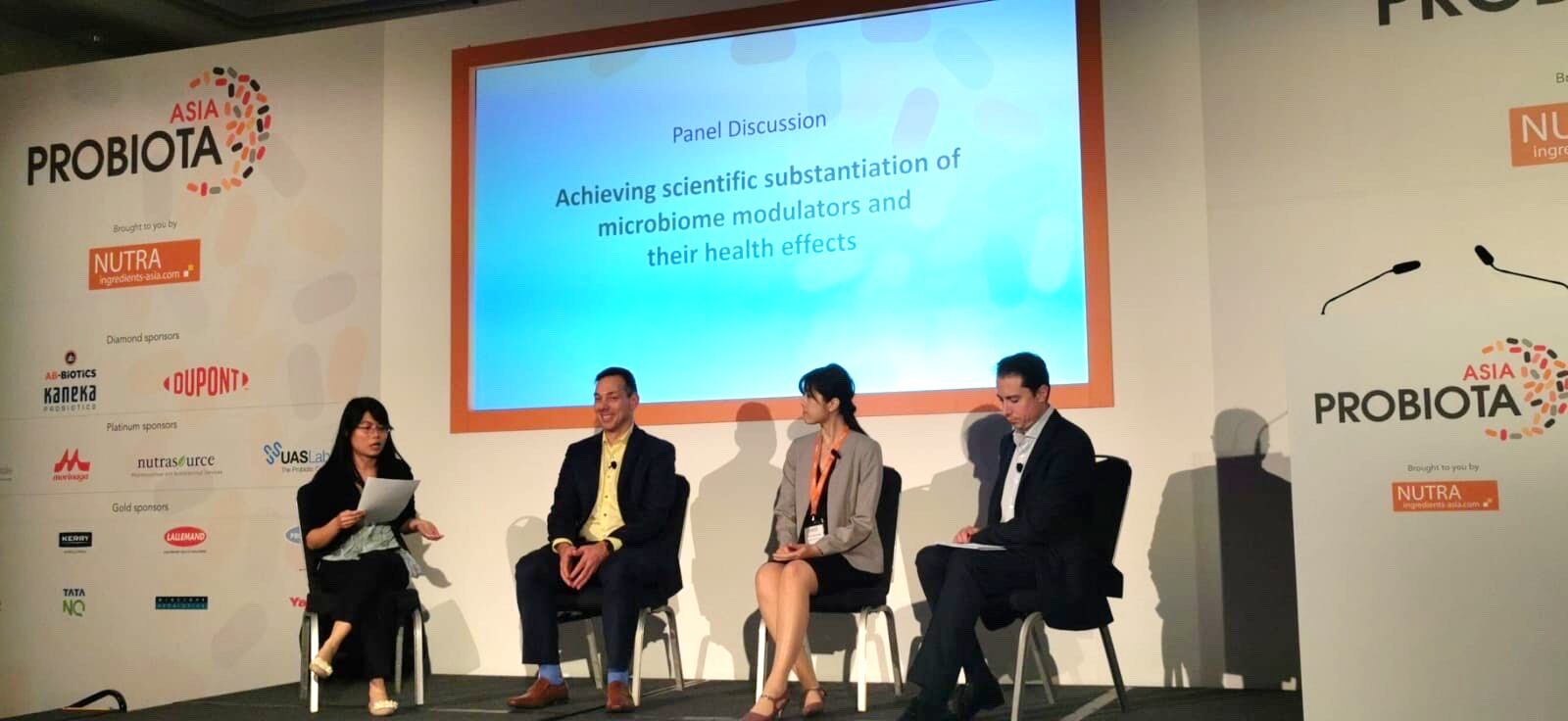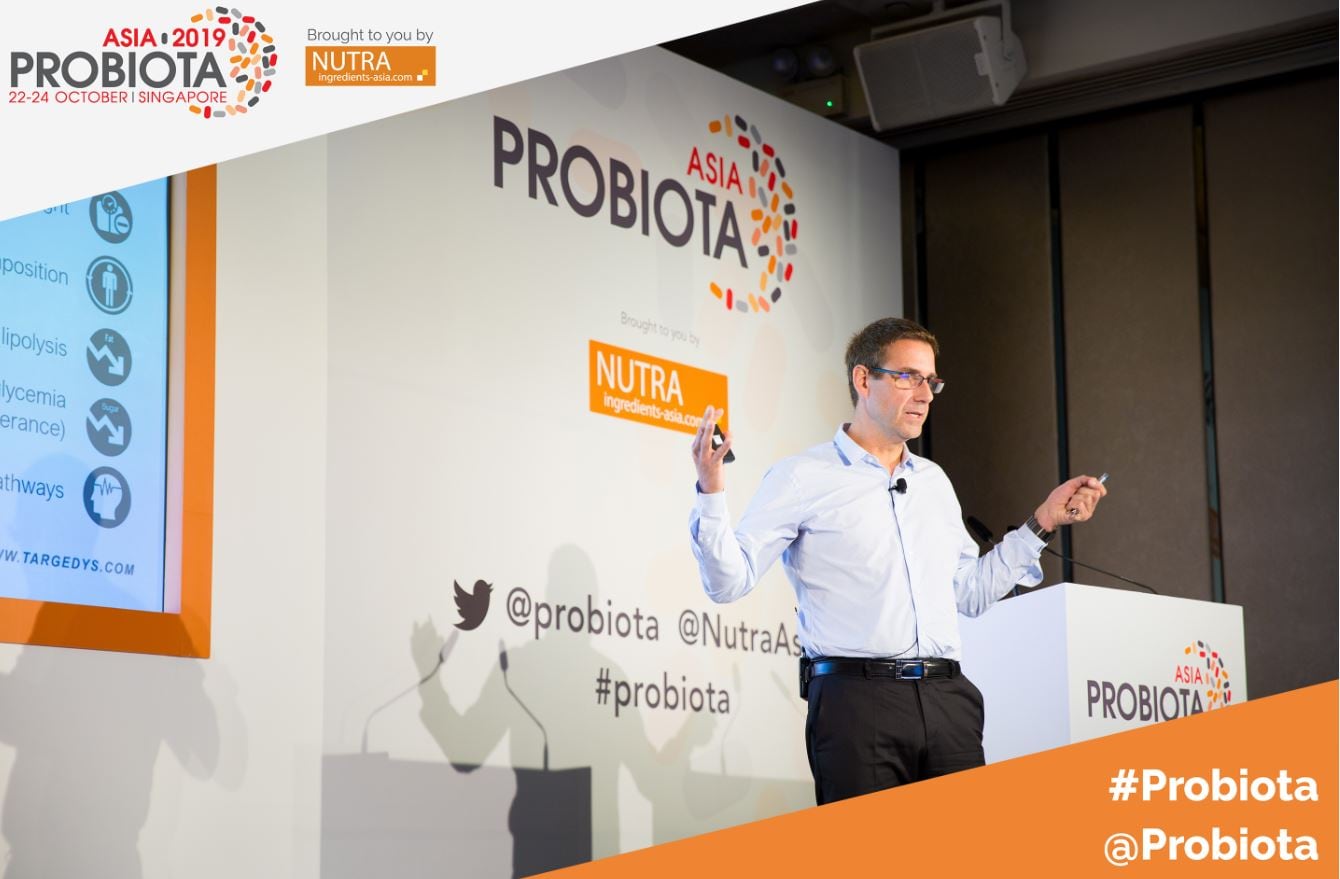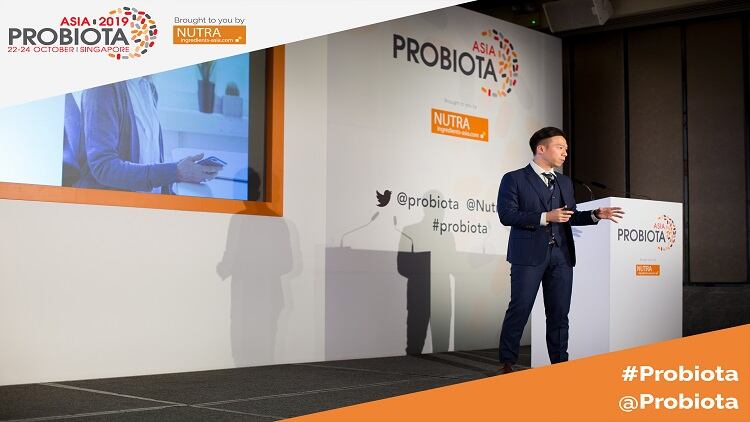Sam Forster, research group head, microbiota and systems biology, at the centre for innate immunity and infectious diseases at the Hudson institute of medical research told the audience at our Probiota Asia Summit in Singapore: “Studies on gastrointestinal microbiome have been associated with all sorts of conditions, but the reality is, there’s very little causation.”
He attributed this to the plenty of poor-quality information available: “It’s difficult to sieve through all that information to understand which diseases we should be focusing on, and try to develop probiotics or other interventions.
“The reason for poor quality information is because analysis is lacking in high-resolution measurement at both the isolate and strain level.”
Limitations of current methods
Strain and isolate level understanding is fundamental to achieving meaningful clinical outcomes.
He said several factors led to poor data quality in the microbiome research field, including a reliance on correlative datasets.
He said studies investigating interactions between host and individual members of the microbiota were very limited and that selection of “key” bacteria was a challenge but possible with appropriate analysis approaches.
Current sequencing methods for metagenomics
He added there were currently several approaches used to analyse metagenomics samples.
Forster said: “Traditionally the most common method used is 16S profiling, but the issue here is that it is trying to get a high level of resolution of species, or strains, when it can only measure genus level.
‘We know how important strains are in the probiotic field, and you can’t make medicine without good resolution.”
He said candidate identification with 16S profiling was limited by sequence composition to a level that was frequently below biological relevance.
“In my opinion, this approach is fundamentally below the level of biological resolution we need to be at.”
Another approach was gene assembly (de novo), but a significant limitation was the missing of sequences.
Forster said; “If you can’t associate a gene to a particular species, how can you go back and decide which candidate it should be?”
The next approach was metagenome assembled genomes which involved sequencing all the reads in the sample and assembling the genomes.
However, Forster said the lack of genes was a limitation with this method.
“In this approach, there are factors to take into account such as the prevalence of species within your samples. The lower the prevalence, the more difficult it is to assemble the genome. Also, the closer the species within the sample, the more overlap in the genome, and the lesser the ability to differentiate between them.
“The majority of reads you are receiving are not being considered in the genome, so you are ignoring most of what is in your metagenomic sample if you take this approach,” he said.
Proposed genome guided analysis
Forster thinks the optimal solution is to populate the reference database. He told the audience that his team has been working on this for the past five years.
He said this could help understand what was going on in the metagenomic samples, and hopefully answer questions like how well the genomes are represented in the sample, how samples are being interpreted, and how well the genomes match the reads.
However, he said it would get increasingly more difficult with the more genomes inputted.
“More genomes increase specificity but reduces uniquely assigned reads.”
But the advantage of genome guided metagenomic analysis is that it is less costly than metagenome assembled genomes. And as technology advances, Forster thinks the limitations will significantly decrease.
Recently, the team carried out a baby biome study revealing that the type of delivery, whether caesarean or natural would determine the makeup of the gut bacteria.
The researchers found babies born vaginally got most of their gut bacteria from their mum’s gut, not the birth canal, and infants delivered by caesarean had more bacteria found in a hospital environment, including those with antimicrobial resistance.
The team is now preparing to recruit 20,000 babies to further look into the ideal make-up of gut bacteria, and see if this initial difference in the newborn period would affect long-term health.




